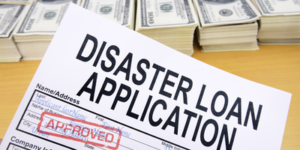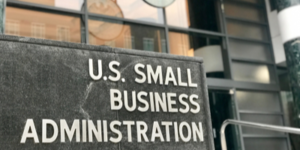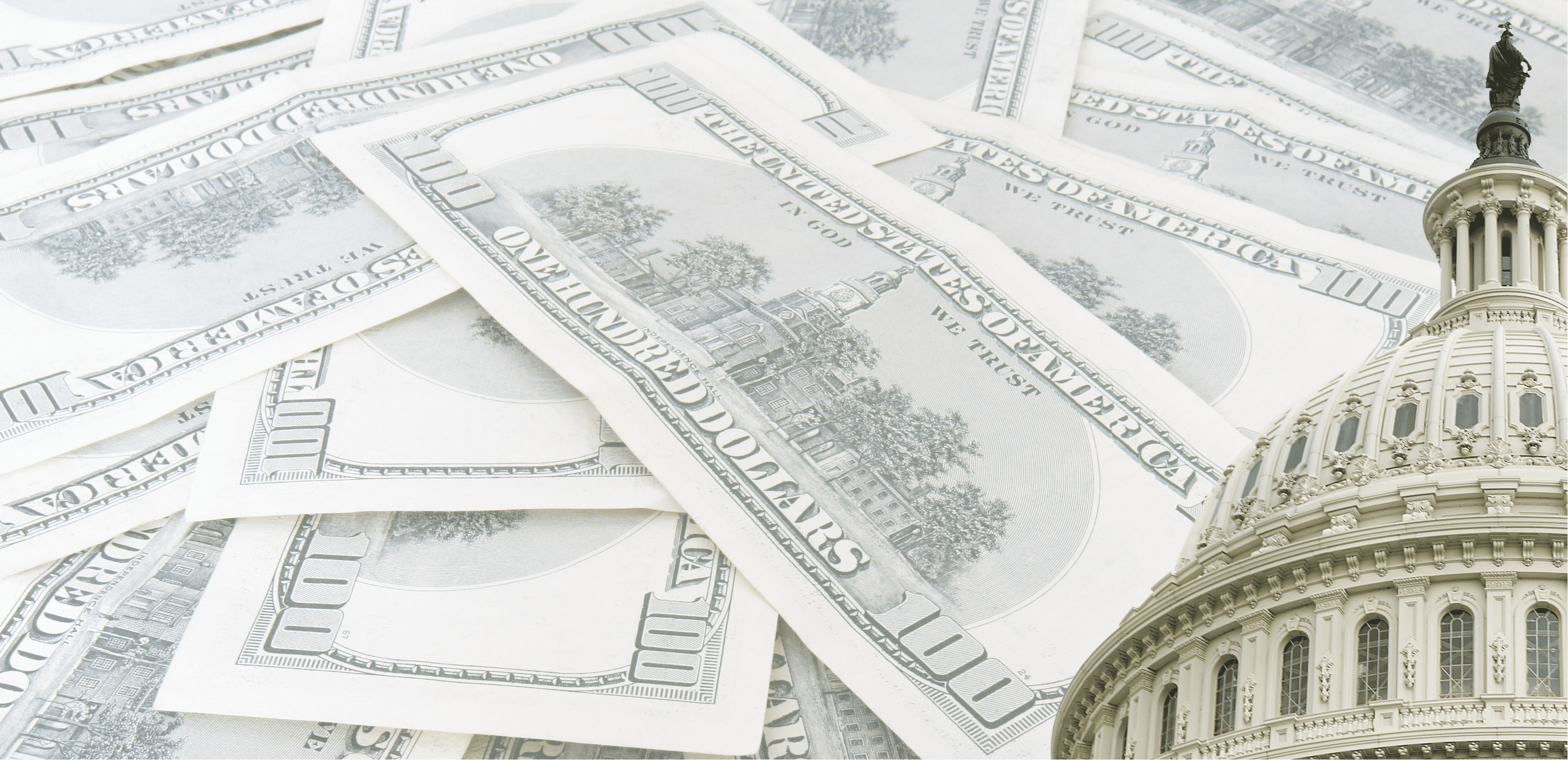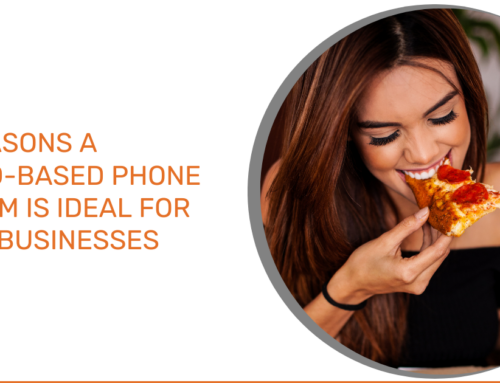Serving more than 10,000 small businesses and running in a lot of small business circles, we’ve seen a lot of pain, fear, and anxiety these past few weeks. A lot of owners are struggling to find support right now and we wanted to share the Small Business Owner’s Guide to the CARES Act. You’ve tried your best to prepare for slowdowns — saved some emergency cash, got a line of credit, etc.— but you couldn’t have imagined going from 100 to 0 in a matter of hours, leaving you with a lot of bills to pay including rent, utilities, and payroll.
The median business holds cash reserves to cover 27 days of expenses, according to Chase. But even if you’re well-prepared with a three- to six-month buffer for your business, you still need to plan for what happens if that runs out. No one knows how long this will last. What you need right now is cash.
Remembering the criticism from the 2008 bailout where Wall Street was helped and Main Street was left hanging, the US Government bailout plan of 2020 (called The CARES Act) emphasizes helping Main Street – individuals, small businesses, franchisees, and franchisors continue to operate through the Covid-19 crisis. But with three distinct stimulus bills already passed, the last of which was 800 pages, it’s hard to know where to focus. Today, we’ll explain the main two ways your business can get cash now that the CARES Act is law. We’ll also discuss the steps you need to take to make sure you can get your money as efficiently as possible.
Paycheck Protection Program Loan Guarantee
The CARES Act’s Paycheck Protection Program Loan Guarantee is designed to not only help but to reward small businesses for keeping employees on payroll (or bringing back any you’ve already laid off). Under this program, the SBA backs small-business loans through local lenders. According to William Briggs, Deputy Associate Administrator in the Office of Capital Access in the SBA, they currently work with 1,800 lenders and plan to expand that given the anticipated demand.
Here are the particulars of this loan program:
- Offered to small businesses with fewer than 500 employees, select types of business with fewer than 1,500 employees, 501(c)(3) non-profits with fewer than 500 workers and some 501(C)(19) veteran organization (have to be in operation before February 15, 2020)
- Self-employed, sole proprietors, freelance and gig economy workers are also eligible to apply (again, you have to be in operation before February 15, 2020).
- Loans are given up to a maximum of the lesser of $10 million, or 2.5 times the average monthly payroll costs – including wages for employees making under $100,000, as well as expenses for paid sick leave, healthcare, and other benefits – during the 1-year period before the date on which the loan was made.
- The maximum interest rate under this program is 4%
- The loan term is up to 10 years
- No personal guarantee or collateral is required for the loan
- Payments are deferred up to six to 12 months
- Part of this loan may be forgiven and not counted as income to you if it’s spent during the first eight weeks on operating expenses.
As with the $10,000 advance in EDILs, loan forgiveness provisions are generous. Loans are forgiven when the proceeds are used for any of these costs:
- Payroll costs, excluding prorated amounts for individuals with compensation greater than $100,000
- Rent pursuant to a lease in force before February 15, 2020
- Electricity, gas, water, transportation, telephone, or internet access expenses for services which began before February 15, 2020
- Group health insurance premiums and other healthcare costs.
Be careful here. In order for the amounts to be forgiven, you must maintain the same average number of employees for the first eight-week period beginning on the origination date of the loan as you did from February 15, 2019 – June 30, 2019, or from January 1, 2020, until February 15, 2020. If you don’t meet this requirement, the amount forgiven is reduced. You incur additional reductions if you cut compensation for employees who make under $100,000 by more than 25%, as compared to the most recent quarter. (The US Chamber of Commerce offers a step-by-step calculation here).
And of course there’s an exception to the exception: you won’t be penalized for a reduction in employment or wages during the period from February 15, 2020, to April 26, 2020, if you rehire employees that you previously laid off or restore any decreases in wages or salaries by June 30, 2020.
As mentioned above, you apply for the Paycheck Protection Loan directly through your local lending institution. For Franchisees, a few IFA member companies are helping with the application process: Apple Pie Capital, FanFund, BoFly, and Benetrends. As a business owner, you must personally certify that your company qualifies as a small business (you can check the North American Industry Classification System (NAICS) small business standards here).
Experts expect very significant demand for this type of loan. According to Mr. Briggs, they are already working on guidance to go out to these local institutions as soon as possible. You can help yourself prepare by using this checklist from the Chamber of Commerce and contacting your lender.
Economic Injury Disaster Loans 
The Small Business Administration’s (SBA) Economic Injury Disaster Loans (EIDLs) are the first line of support. These loans aren’t new. They’ve always been available in the event of disaster. However, according to Alex Contreras, Director of Preparedness, Communication, & Coordination at the Office of Disaster Assistance for the SBA, this is the first time a virus or pandemic event has been defined as a disaster.
Because of that declaration, businesses in every state and territory are now eligible to apply for Economic Injury Disaster loans. (If you applied before the declaration was made, you may have been rejected because SBA Disaster Loan Assistance was unavailable for Coronavirus related economic impact at the time.)
The SBA offers many favorable terms in their EIDLs:
- Loans are up to $2M
- The term is 30 years
- Interest Rates are 3.75% for small business and (2.75% for non-profits)
- The first month’s payments are deferred a full year from the date of the promissory note.
On Friday, Congress passed the Coronavirus Aid, Relief, and Economic Security (CARES) Act. It’s an estimated $2 trillion package, which specifically allots $10 Billion for EIDLs and $350 billion for Paycheck Protection Loans (more on those below) to help small businesses.
The EIDLs expanded provisions include:
- EIDLS can be approved by the SBA based solely on an applicant’s credit score (not repayment ability and no tax return is required). Mr. Contreras specified that a prior bankruptcy doesn’t disqualify you.
- EIDLS smaller than $200,000 can be approved without a personal guarantee. They are also not requiring real estate as collateral and will take a general security interest in business property.
- Borrowers can receive $10,000 in an emergency grant cash advance that can be forgiven if spent on paid leave, maintaining payroll, increased costs due to supply chain disruption, mortgage or lease payments or repaying obligations that cannot be met due to revenue loss.
- It expands access to sole proprietors or independent contractors, as well as tribal businesses, cooperatives, and ESOPs with fewer than 500 employees and all non-profits including 501(c)(6)s.
The $10,000 emergency cash grants are particularly interesting. As Mr. Contreras explained it, applicants can get the emergency cash even if they don’t qualify for additional funds. Because lending decisions are based on self-certification and the applicant’s credit score, the review process should go quickly. CARES also waives the requirement that you be unable to obtain credit elsewhere. That means you can apply even if you already have a credit line.
 You apply for these loans directly through the SBA at www.SBA.gov/disaster. There are no loan fees, guarantee fees or prepayment fees. As of now, in late March, however, the site is still being updated, so you may have to wait a few days to get going. When the application is up and running, make sure to apply for Economic Injury for the Coronavirus, rather than physical damage due to another disaster (that is a different declaration number).
You apply for these loans directly through the SBA at www.SBA.gov/disaster. There are no loan fees, guarantee fees or prepayment fees. As of now, in late March, however, the site is still being updated, so you may have to wait a few days to get going. When the application is up and running, make sure to apply for Economic Injury for the Coronavirus, rather than physical damage due to another disaster (that is a different declaration number).
You have to have been in business by January 31, 2020 to qualify, so you can’t start a business now and receive this kind of grant. The SBA also offers other information and programming at www.sba.gov/coronavirus.
How long will it take to get the money?
Unfortunately, we could not get a definitive timeline from application to approval on these loans. There are some 30 million small businesses in the United States. In a busy year, the SBA processes 800,000 applications. If the 3.3 million unemployment numbers show anything, there will be a lot of demand for this relief (and systems may be overloaded). My advice: apply as soon as you can.
Tricks of the Trade
Both of these programs can provide a significant boost to struggling businesses. You can use these loan proceeds to pay a variety of working capital — payroll, rent, utilities (including telephone service from Clarity), etc.
The demand will be high, so it’s important to make sure you apply for the right type of loan for your business. Here are some other helpful tips from the webinar that may come in handy:
- Apply! If you need funding now, or think you may need it in the future, you might as well apply now. You’re under no obligation to take the loan. And as we mentioned, there are no guarantee fees, servicing fee or prepayment fees.
- EDILs are based on working capital needs, so make sure you have a good sense of what those are.
- You can apply for both types of loans, as long as they cover different expenses (not a duplicative purpose). This is also true if you’re pursuing other local or regional government assistance.
- For the EDILs in particular, the SBA does not work with “loan packagers.” So, there’s no need to pay someone to put an application together for you. You can apply directly through the website.
- Make sure to specify the economic loss as it pertains to COVID-19. There’s no need to fill out the physical damage part, if that doesn’t apply to you.
Good luck in getting the funding you need for your business.



